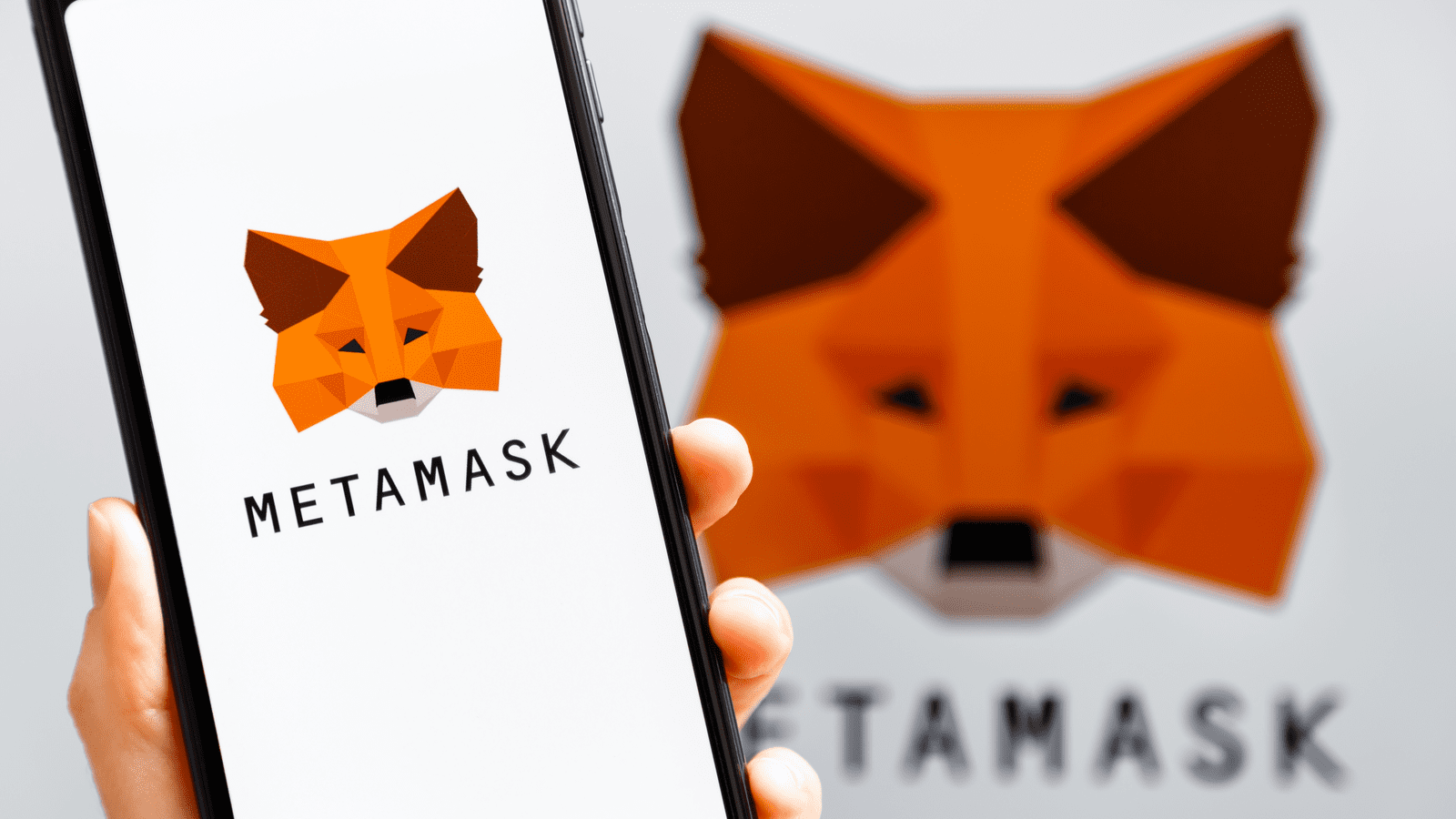MetaMask Expands to Bitcoin and Solana, Aims to Eliminate Gas Fees
28.02.2025 15:00 1 min. read Alexander Stefanov
MetaMask is gearing up for a major upgrade in 2025, introducing new features aimed at expanding its reach and improving user experience.
The popular crypto wallet is set to integrate support for Bitcoin and Solana while working towards eliminating gas fees entirely.
With these changes, users will be able to process transactions faster and more efficiently with a single click. The company’s long-term vision includes removing gas fees altogether, making transactions smoother and more cost-effective.
Full Bitcoin integration is expected in the third quarter of the year, while Solana support is scheduled for May, allowing users to manage multiple assets within the same wallet.
MetaMask users will also gain access to the entire Solana ecosystem, enabling seamless trading, staking, and interaction with decentralized applications. Meanwhile, existing Solana users will benefit from MetaMask’s robust security and multi-chain compatibility.
In addition to these blockchain expansions, MetaMask is rolling out a branded debit card in select U.S. states by mid-March. Previously available only in the UK and EU, the card comes with the company’s new logo and aims to provide a convenient bridge between crypto and everyday spending.
-
1
Chinese Tech Firms Turn to Crypto for Treasury Diversification
26.06.2025 17:00 1 min. read -
2
What Are the Key Trends in European Consumer Payments for 2024?
29.06.2025 8:00 2 min. read -
3
Here is Why the Fed May Cut Rates Earlier Than Expected, According to Goldman Sachs
08.07.2025 15:00 2 min. read -
4
What Brian Armstrong’s New Stats Reveal About Institutional Crypto Growth
29.06.2025 15:00 2 min. read -
5
Vitalik Buterin Warns Digital ID Projects Could End Pseudonymity
29.06.2025 9:00 2 min. read
U.S. Public Pension Giant Boosts Palantir and Strategy Holdings in Q2
According to a report by Barron’s, the Ohio Public Employees Retirement System (OPERS) made notable adjustments to its portfolio in Q2 2025, significantly increasing exposure to Palantir and Strategy while cutting back on Lyft.
Key Crypto Events to Watch in the Next Months
As crypto markets gain momentum heading into the second half of 2025, a series of pivotal regulatory and macroeconomic events are poised to shape sentiment, liquidity, and price action across the space.
Here is Why Stablecoins Are Booming, According to Tether CEO
In a recent interview with Bankless, Tether CEO Paolo Ardoino shed light on the growing adoption of stablecoins like USDT, linking their rise to global economic instability and shifting generational dynamics.
U.S. Dollar Comes Onchain as GENIUS Act Ushers in Digital Era
In a statement that marks a major policy shift, U.S. Treasury Secretary Scott Bessent confirmed that blockchain technologies will play a central role in the future of American payments, with the U.S. dollar officially moving “onchain.”
-
1
Chinese Tech Firms Turn to Crypto for Treasury Diversification
26.06.2025 17:00 1 min. read -
2
What Are the Key Trends in European Consumer Payments for 2024?
29.06.2025 8:00 2 min. read -
3
Here is Why the Fed May Cut Rates Earlier Than Expected, According to Goldman Sachs
08.07.2025 15:00 2 min. read -
4
What Brian Armstrong’s New Stats Reveal About Institutional Crypto Growth
29.06.2025 15:00 2 min. read -
5
Vitalik Buterin Warns Digital ID Projects Could End Pseudonymity
29.06.2025 9:00 2 min. read


